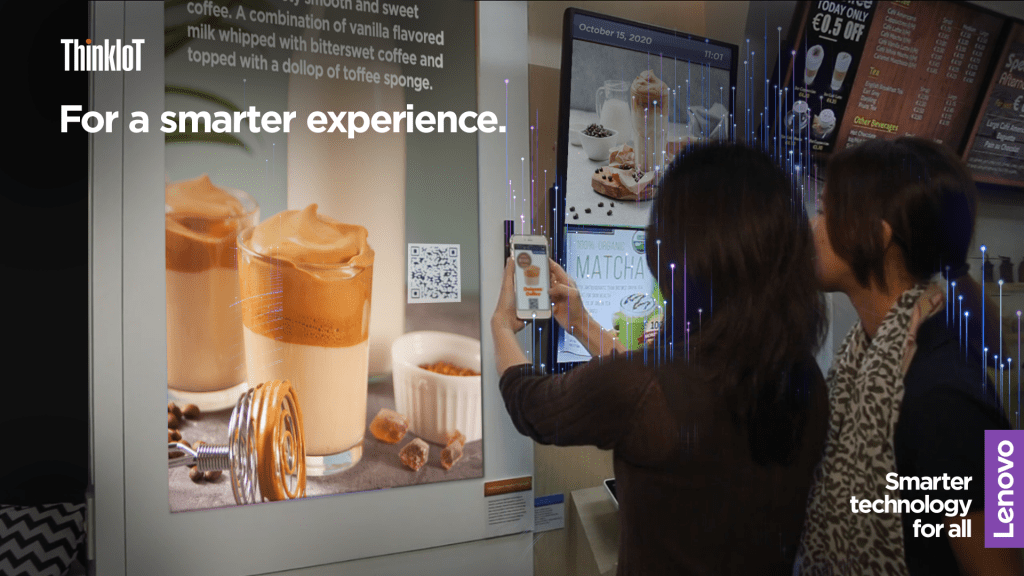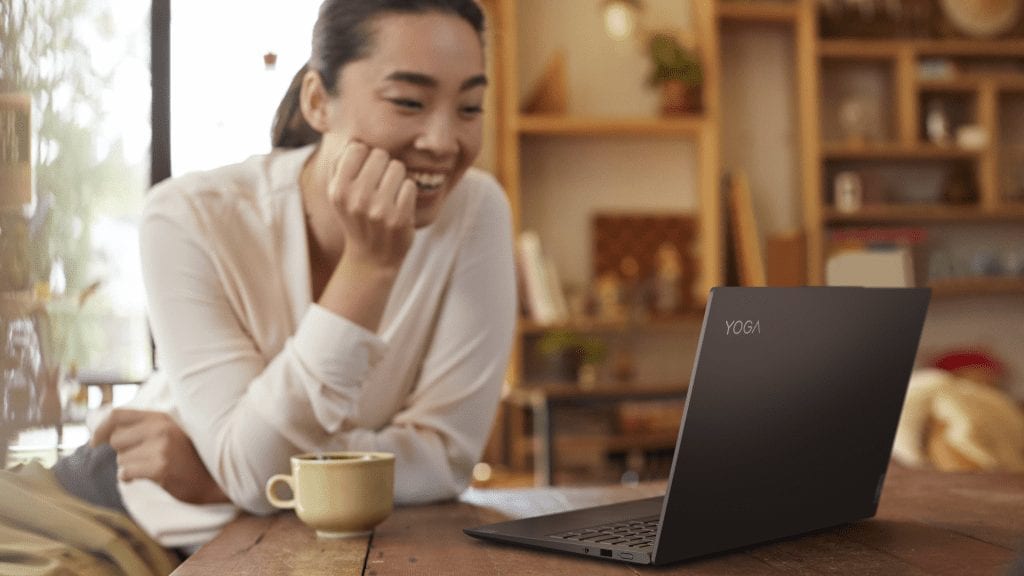When the pandemic first took hold around the world in early 2020, some were calling for the end of brick and mortar stores. Already facing stiff competition for consumers’ attention and dollars with online outlets, the in-store experience wasn’t keeping up with changing shopper expectations, and COVID fears pushed many shoppers further to online outlets. In just a few months, we’ve seen American strongholds like J. Crew, JC Penny, and Hertz, among many others, file for bankruptcy.
We’ve seen this cycle in other industries before. In the past decade, many have proclaimed the PC market dead, but we’ve seen it go on to reinvent itself and experience a resurgence with remote work and learning. Retail is primed for this renaissance too, and that reinvention will happen fast, led by key emerging technologies like the Internet of Things (IoT).
Shoppers Demand Transformation
“Consumer’s behaviors are changing at rapid speeds, but they are stuck in uncertainty at the same time,” said Melissa Gonzalez, CEO at The Lionesque Group, an MG2 Company. “It’s a complex time, and it’s hard to know where new behaviors will normalize, but one thing we do know is that consumers have become more open to being adaptive, to experiment, to try new things – and if that “trial” is frictionless, provides value and enhances their experience, they will do it again. We are seeing evidence of people downloading their first AR app, shopping new channels online, etc.”
Lenovo surveyed more than 1,000 consumers in the U.S. to understand what external factors and emotions are behind buying behavior during the pandemic and how technology can help make physical shopping in-store more personalized and safer. It revealed that nearly half of consumers started shopping online more frequently as a result of stay-at-home orders and social-distancing precautions. As consumers begin to return to in-store shopping, they said they’re concerned about their safety. The majority, at 66%, said that it’s the retailer’s responsibility to keep them healthy and safe while they shop. All indices show they’re spending less money overall, and 61% of respondents reported that their spending at retailers hasn’t yet returned to pre-COVID-19 levels.
Retail experts agree that consumers will gravitate to brands that make experiences easy and seamless, and that to the extra step to surprise and delight. New technology-enabled interactions like mobile app ordering is a given, so now it’s about creating best in-service encounters. That means technology investments can’t afford to wait because stores will have to adapt to more dynamic and complex needs as time goes on.
Personalized, Digital Experience the Strategy for In-Store Going Forward
Shoppers in the next decade don’t want the same shopping experience as before. For them, the store of the future will use technology to give them a transformative experience they cannot get online, despite the best efforts of virtual reality (VR) and augmented reality (AR). Technology to reduce friction plus the human connection are the ingredients that will move the in-store experience forward.
However, Gonzalez points out that, “technology vendors need to think differently about how they package their solutions so there is a more plug-and-play model to accommodate in-store integrations. Typically it’s been a complicated and convoluted ecosystem with third-party resellers, disconnected IT teams, and long lead times for implementation. The more the ecosystem can come together to lessen the friction the more we can create environments that connect the online and offline worlds.”
Lenovo is creating IoT-based solutions to do that.

“Our Smarter Stores Solutions makes deploying IoT practical at scale. This gives store operators a business solution enabled by technology to let them operate more efficiently and bring more customers in the door with a differentiated customer experience,” said John Gordon, President, Commercial Internet of Things Business Group at Lenovo. He points to a number of tech-enabled services like real-time pricing updates, increased transparency into product availability and inventory, and targeted marketing offers for customers at the right time to enhance the in-store shopping experience.
At the same time, stores must operate more efficiently and be smarter about everything they do – from the inventory they stock to which activities employees spend their time doing. The Smarter Stores Solutions can help through detecting out-of-stock items, inventory counting, and more using devices like smart shelves and smart pushers. And during COVID-19, keeping shoppers safe in physical stores is a key concern, it includes FDA-certified temperature detection to help keep sick employees from entering the store and digital signs to help communicate policies, occupancy levels, and other key information.
As we’ve seen through evolution in many industries, those businesses best suited to thrive are the ones best able to adapt and adjust to the changing environment, no matter what the driving factor. Gordon recently spoke about this at Lenovo Tech World. Now retail finds itself in a crossroads between the health concerns associated with being inside buildings and the growing competitive pressure from online businesses. Emerging technology led by IoT will turn this challenge into new opportunities.
If you’re interested in partnering with Lenovo on IoT-based solutions learn more at the Think IoT website.

